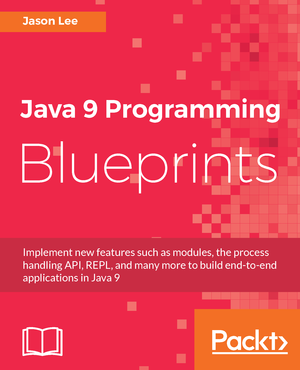Are you a NetBeans user? Are you wondering what’s going to happen to your IDE of choice given the recent Sun restructuring? The NetBeans Dream Team Call with Matt Thompson the new Sun NetBeans Director, which starts at 10:00am CST today (I just learned about it too) should answer some of your questions. Here are the details:
NetBeans Program Update - Feb 2009
with Matt Thompson (the new NetBeans Director + Developer Cloud Tools Engineering) SLIDES ARE HERE WED Feb 11th at 0800am Pacific; 11am US East Coast; 5 pm Europe US Toll Free Dial-in Number: 866-803-2141 CALL ID: 5121251 Participant Code: GO Here: http://nbdt-feb09.eventbrite.com/ We will be recording this call for later playback on this event page. Tentative AGENDA: * Intros and NetBeans team changes + Sun’s Cloud Initiative – Matt Thompson (15 minutes) * Discuss future topics about upcoming NetBeans Technical Calls — What does the dreamteam want to talk about first…open mic vote if necessary w/Matt… (15min) * Open Communication Q & A What is on your Mind?? – All (30 minutes)
 My name is Jason Lee. I am a software developer living in the middle of Oklahoma. I’ve been a professional developer since 1997,
using a variety of languages, including Java, Javascript, PHP, Python, Delphi, and even a bit of C#. I currently work for Red Hat
on the WildFly/EAP team, where, among other things, I maintain integrations for some MicroProfile specs, OpenTelemetry, Micrometer,
Jakarta Faces, and Bean Validation. (Full resume
My name is Jason Lee. I am a software developer living in the middle of Oklahoma. I’ve been a professional developer since 1997,
using a variety of languages, including Java, Javascript, PHP, Python, Delphi, and even a bit of C#. I currently work for Red Hat
on the WildFly/EAP team, where, among other things, I maintain integrations for some MicroProfile specs, OpenTelemetry, Micrometer,
Jakarta Faces, and Bean Validation. (Full resume 